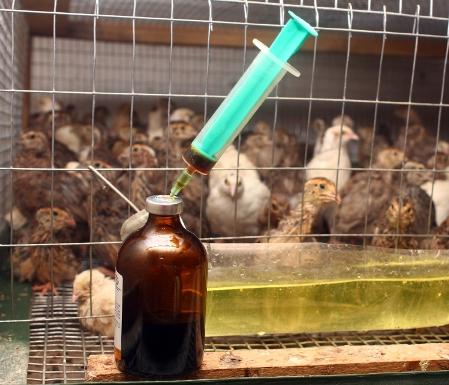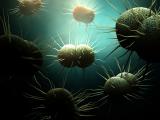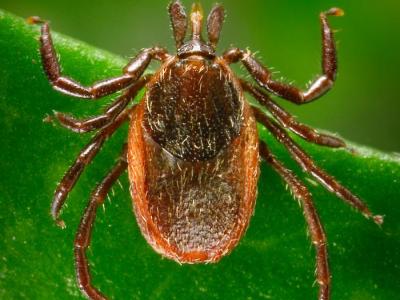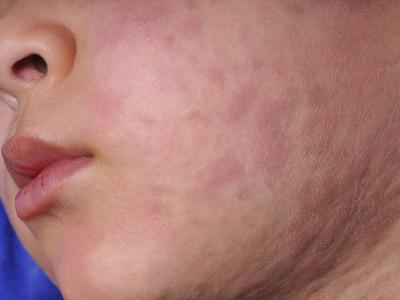The recently identified MCR-1 resistance gene that disables the last-line antibiotic colistin has further spread beyond China to distant regions, even Africa, rather quickly and could be spreading in the food supply, prompting urgent calls for a global ban or restrictions on use of the drug in agriculture.
Those were some of the findings in five brief reports published yesterday in The Lancet Infectious Diseases in response to its report a month ago on the MCR-1 gene's first identification in China. The fast-moving developments come on the heels of an announcement yesterday from Dutch researchers that the country, like Malaysia, Portugal, Denmark, and England, has the gene in bacteria collections.
Authors of one of the Lancet Infectious Diseases reports said they have found the gene in healthy human gut samples from China from before 2011, suggesting that it may have been in the country for a while.
Findings from bacteria collections
Three of the Lancet studies briefly describe new tests on bacterial collections. In one of them a consortium from the Netherlands looked at bacteria in fecal samples from 2,002 Dutch people before and after they traveled between November 2012 and November 2013. Six isolates had the MCR-1 gene in Escherichia coli.
Two of the travelers who weren't related to each other had been to Peru and Bolivia, two other unrelated people took trips to China, one went to Tunisia, and one had visited Thailand, Vietnam, Laos, and Cambodia. None of the six received medical care during their trips, and none had taken antibiotics during travel.
Researchers said their findings point to a worrisome spread of the MCR-1 gene in E coli across at least three continents.
In another report, a team from France screened for the MCR-1 gene in E coli isolates from people in several countries (Laos, Thailand, France, and Nigeria), pigs in Laos, and poultry from Nigeria. Their analysis found the gene in 19 isolates, of which 12 were identical to the gene identified in China.
"We clearly show that plasmid-mediated colistin resistance has spread beyond China to the neighboring southeast Asian countries and even further to Africa where colistin is widely used in animal production," they wrote, adding that because colistin is widely used in animal production, including in Europe, resistance has likely spread worldwide.
They said prompt actions are needed to curb use of the drug in agriculture to avoid further spread, similar to what occurred with NDM-1 5 years ago.
In the third study, investigators from France and Texas screened 8,684 French agricultural Salmonella samples that were collected from 2012 through 2013. They identified the MCR-1 gene in four colistin-resistant isolates. It was found in unrelated Salmonella isolates, though all were from the O:4 serogroup, which they said could be a coincidence, but warrants further investigation.
They wrote that their findings, echoing those of others, reinforce the need to reconsider the use of colistin in veterinary medicine.
More mobile than previously reported?
In a separate Lancet report, Hong Kong researchers looked in greater depth at a Salmonella Typhimurium isolate collected from a 2011 food sample in Portugal that carries the gene.
They said the gene's location on the Salmonella Typhimurium plasmid differs from that found in the affected E coli isolates in China, suggesting that the MCR-1 gene can transfer to other plasmid types, possibly expanding its bacterial host range. Also, the team wrote that they found other evidence that the Salmonella plasmid that carried MCR-1 may have also originated in China and that horizontal gene transfer may have occurred recently.
"This finding is highly alarming as it implies that dissemination to a geographically distant region has occurred in a short time," they said, adding that the bulk of the findings so far make a strong case for curbing agricultural use of colistin.
MCR-1 found in human gut microbiome
Two Chinese researchers who looked at datasets comprising 1,267 human fecal samples found the MCR-1 gene in three Chinese human gut microbiomes that were presumably sampled before 2011. They said the findings hint that the gene may have been in China a long time and has already spread to the healthy human gut, an antibiotic gene reservoir that carries a high horizontal gene transfer potential.
Their search also turned up the gene in a Salmonella isolate from a 2011 Portuguese food sample.
Taken together, the findings raise concerns that the worldwide distribution of the MCR-1 gene might be underestimated, the pair wrote.
They warned, "Collectively, the widespread distribution of the MCR-1 gene in meat and food samples, and its presence in the human microbiome, strongly suggest a potential food chain dissemination pathway, which warrants immediate worldwide attention."
New Dutch findings, plus more to come
And in related news, Dutch researchers yesterday reported that they found the MCR-1 gene in a bacteria dataset from the Netherlands, among Salmonella isolates collected in 2014 and 2015, according to a statement from Wageningen University that was translated and posted by FluTrackers, an infectious disease news message board. Two were from chicken meat and one was from imported turkey meat.
Meanwhile, Lancet Infectious Diseases signaled today on its Twitter feed that it would soon publish another wave of reports on MCR-1.
See also:
Dec 17 Lancet Infect Dis Dutch consortium findings
Dec 17 Lancet Infect Dis French team screening findings
Dec17 Lancet Infect Dis French Salmonella sample screening findings
Dec 17 Lancet Infect Dis report on Portugal Salmonella isolate
Dec 17 FluTrackers thread
Dec 18 Lancet Infect Dis tweet
Nov 20 CIDRAP News scan on initial MCR-1 report

























